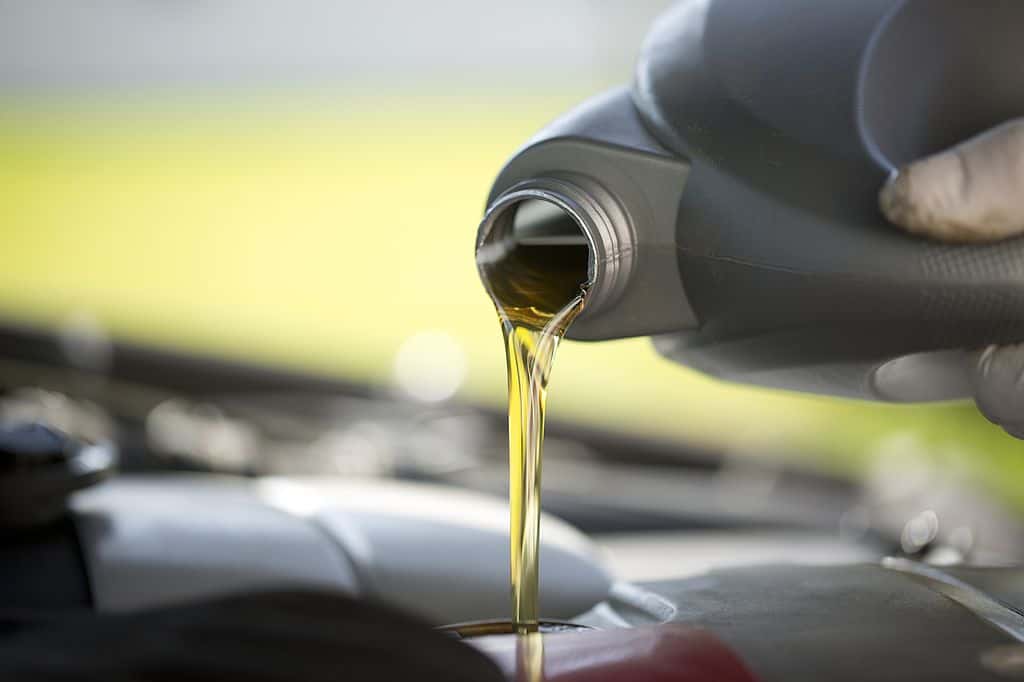Reading time: 2.5 min
Your engine oil protects all of the internal components. Making sure that you have the right oil for your vehicle is one of the most important things that you can do for it. There is really one big difference between 5w30 and 10w30 oil. 5w30 has a thinner viscosity than 10w30 when the engine is cold. When the engine warms up, both types of oil have the same operating thickness.
Viscosity Number Explained
Using the right viscosity oil is essential to the longevity of your motor.
The 5 and 10 in 5w30 and 10w30 refers to the thickness of the oil as it sits in the oil pan when it’s cold. The 30 refers the thickness of the oil at full operating temperature.
These numbers refer to the amount of time that it takes for the oil to flow through a standardized tube. This type of oil is referred to as multigrade oil. It’s much better to use a multigrade since it allows the oil to adapt to cold temperatures without sacrificing viscosity when the engine is at full operating temperature.
Winter Test 0°
W refers to winter. It’s the number that the SAE (Society of automotive engineers) grades the oil at 0° Fahrenheit. The lower the number, the thinner the oil is at this temperature.
Operating Temp Test 212°
As the oil warms to full operating temperature, it takes 30 seconds to complete the SAE test. In this case, both oils are the same exact level of thickness (30 weight) at full operating temperature. When 5W30 is tested, it takes five seconds at 0° and 30 seconds at 212° F.
The advantage of thinner oil is when you start the engine, it can lubricate all of the moving parts faster. As the engine heats up, both oils heat to the same final viscosity rating of 30 weight. A thicker oil adheres better to the engine components. It also provides a better cushion between metal parts.
Should You Use 5w30 or 10w30?
Today’s modern vehicles should use the oil recommended by the manufacturer. A modern engine is durability tested for hundreds of thousands of simulated miles. These tests are always done with the oil that is recommended by the manufacturer. You can find the viscosity recommended for your vehicle on the oil fill cap, or in the guide that comes with it.
If you live in extreme temperatures (such as cold climates), you may find that the manufacturer might (maybe) recommend a different viscosity. Unless a manufacturer specifically recommends it, use 5w30 (or 10w30) if that’s what is called for.
What about high mileage situations?
5w30 should not be exchanged for 10w30 just because the engine has high mileage. Once the engine is warm, the oil is the same thickness anyway. All you are doing is putting in an oil weight that takes longer to cycle through the engine on a cold startup. This will cause the engine to wear even faster.
What’s 30w Oil?
30 weight oil is an oil that has no thickening agents added. It is what used to be used for vehicles before oil was invented that could adapt to changing temperatures. These older engines didn’t have the tight tolerances of a modern engine. It is still a very common pour for outdoor power equipment, which is usually only run when it is warm outside.

